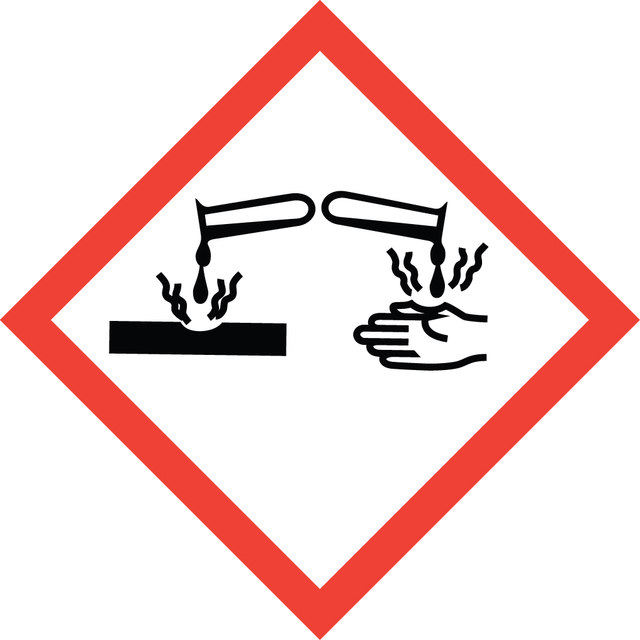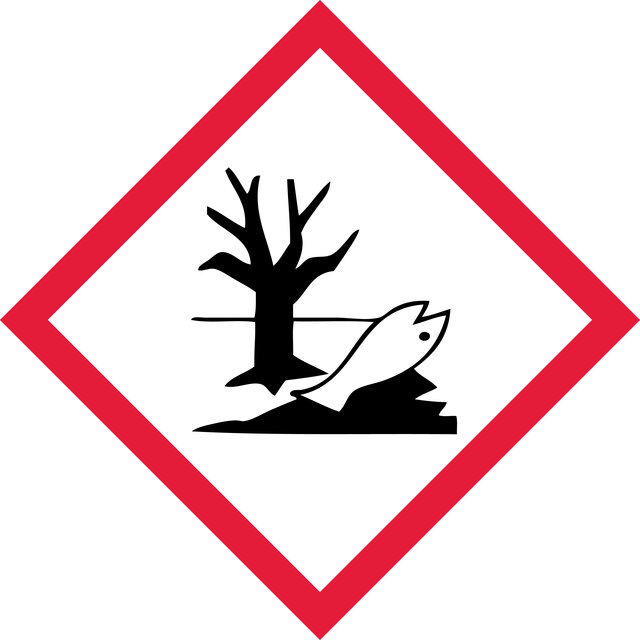Sign In to View Organizational & Contract Pricing
Select a Size
About This Item
Empirical Formula (Hill Notation):
C5H2Cl3NO
CAS Number:
Molecular Weight:
198.43
EC Number:
MDL number:
UNSPSC Code:
41116107
PubChem Substance ID:
NACRES:
NA.24
grade
analytical standard
Quality Level
product line
PESTANAL®
shelf life
limited shelf life, expiry date on the label
technique(s)
HPLC: suitable
gas chromatography (GC): suitable
application(s)
agriculture
environmental
format
neat
SMILES string
Oc1nc(Cl)c(Cl)cc1Cl
InChI
1S/C5H2Cl3NO/c6-2-1-3(7)5(10)9-4(2)8/h1H,(H,9,10)
InChI key
WCYYAQFQZQEUEN-UHFFFAOYSA-N
Looking for similar products? Visit Product Comparison Guide
Related Categories
General description
3,5,6-Trichloro-2-pyridinol (TCP) is an organophosphorous insecticide, which can be obtained as a major degradation product of chlorpyrifos (CP), via treatment with the degrading bacteria Enterobacter B-14.
Application
Refer to the product′s Certificate of Analysis for more information on a suitable instrument technique. Contact Technical Service for further support.
Legal Information
PESTANAL is a registered trademark of Merck KGaA, Darmstadt, Germany
Signal Word
Danger
Hazard Statements
Precautionary Statements
Hazard Classifications
Acute Tox. 4 Oral - Aquatic Chronic 2 - Eye Dam. 1
Storage Class Code
11 - Combustible Solids
WGK
WGK 2
Flash Point(F)
Not applicable
Flash Point(C)
Not applicable
Personal Protective Equipment
dust mask type N95 (US), Eyeshields, Gloves
Choose from one of the most recent versions:
Already Own This Product?
Find documentation for the products that you have recently purchased in the Document Library.
Jan Rozman et al.
Nature communications, 9(1), 288-288 (2018-01-20)
Metabolic diseases are a worldwide problem but the underlying genetic factors and their relevance to metabolic disease remain incompletely understood. Genome-wide research is needed to characterize so-far unannotated mammalian metabolic genes. Here, we generate and analyze metabolic phenotypic data of
Zuyan Lu et al.
Biofabrication, 11(4), 045012-045012 (2019-07-18)
Supplying oxygen to inner areas of cell constructs to support cell proliferation and metabolism is a major challenge in tissue engineering involving stem cells. Developing devices that incorporate oxygen release materials to increase the availability of the localized oxygen supply
Miguel Castilho et al.
Journal of the mechanical behavior of biomedical materials, 65, 344-355 (2016-09-16)
Tibial tuberosity advancement (TTA) is a promising method for the treatment of cruciate ligament rupture in dogs that usually implies the implantation of a titanium cage as bone implant. This cage is non-biodegradable and fails in providing adequate implant-bone tissue
Biodegradation of chlorpyrifos and 3, 5, 6-trichloro-2-pyridinol by a newly isolated Paracoccus sp. strain TRP
Xu G, et al.
International Biodeterioration & Biodegradation, 62, 51-56 (2008)
Samet Tosun et al.
Scanning, 38(6), 619-624 (2016-04-12)
The purpose of this study is to evaluate the dentinal tubule occlusion potential and penetration of Clinpro® White Varnish (5% sodium fluoride + tri-calcium phosphate) in the presence or absence of Nd:YAG laser. Seventy-five dentin samples collected from 38 freshly extracted human
Our team of scientists has experience in all areas of research including Life Science, Material Science, Chemical Synthesis, Chromatography, Analytical and many others.
Contact Technical Service

